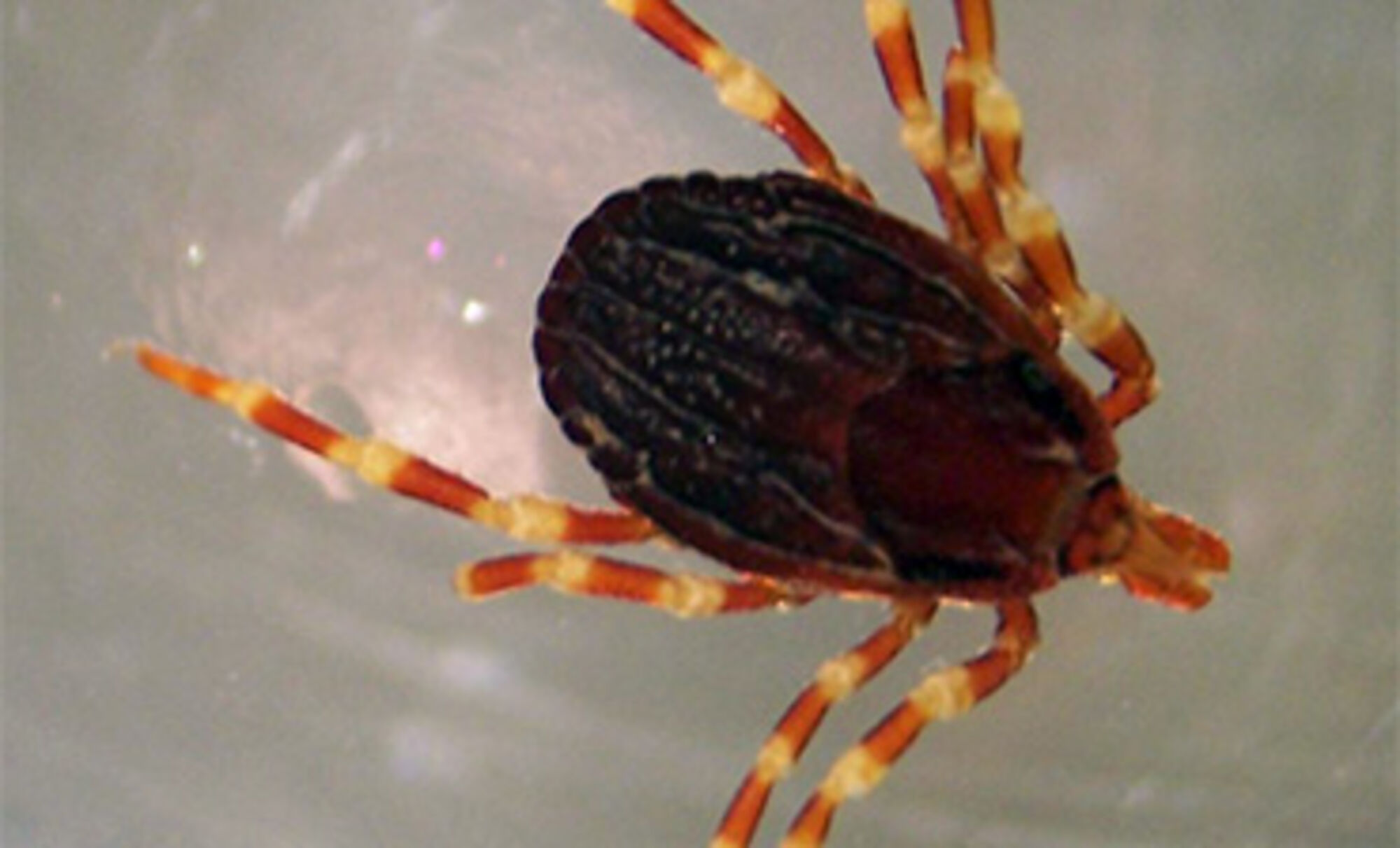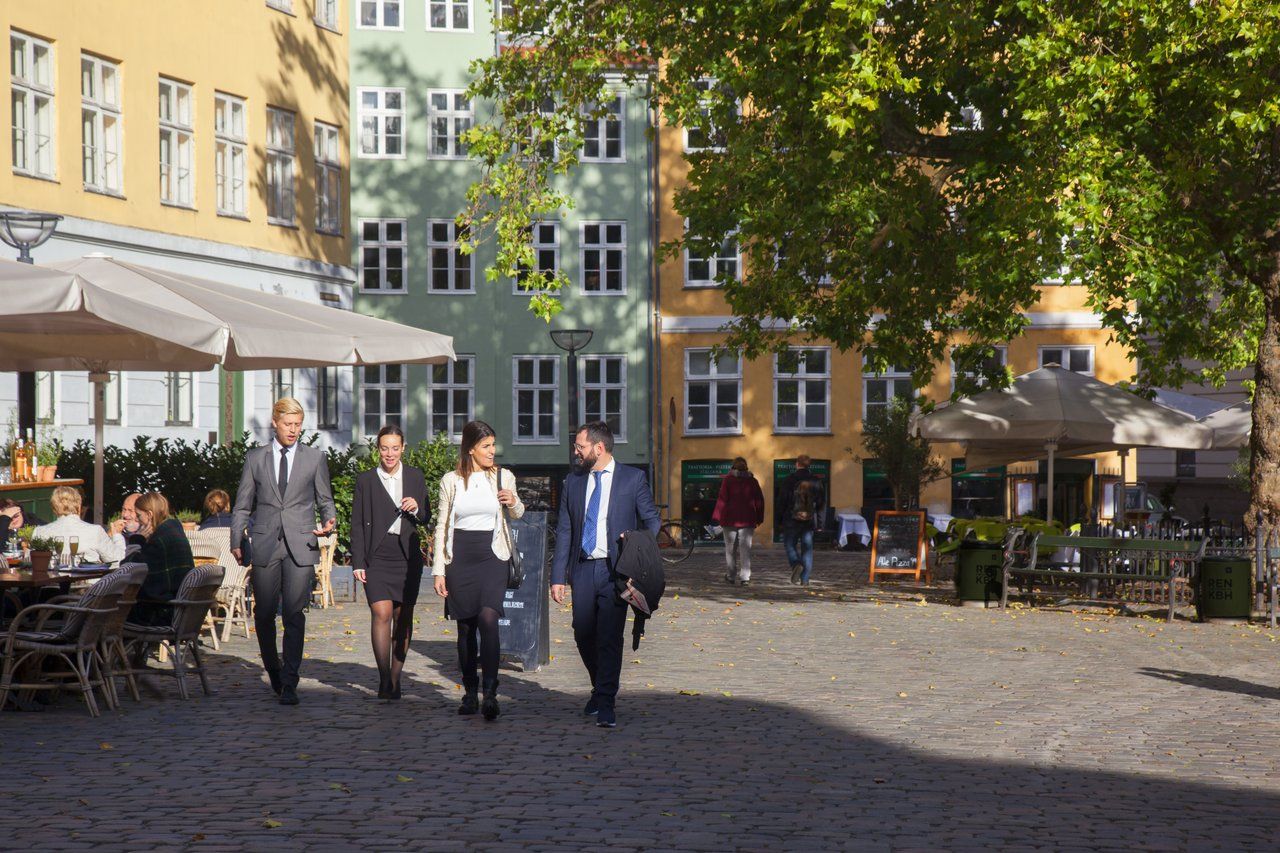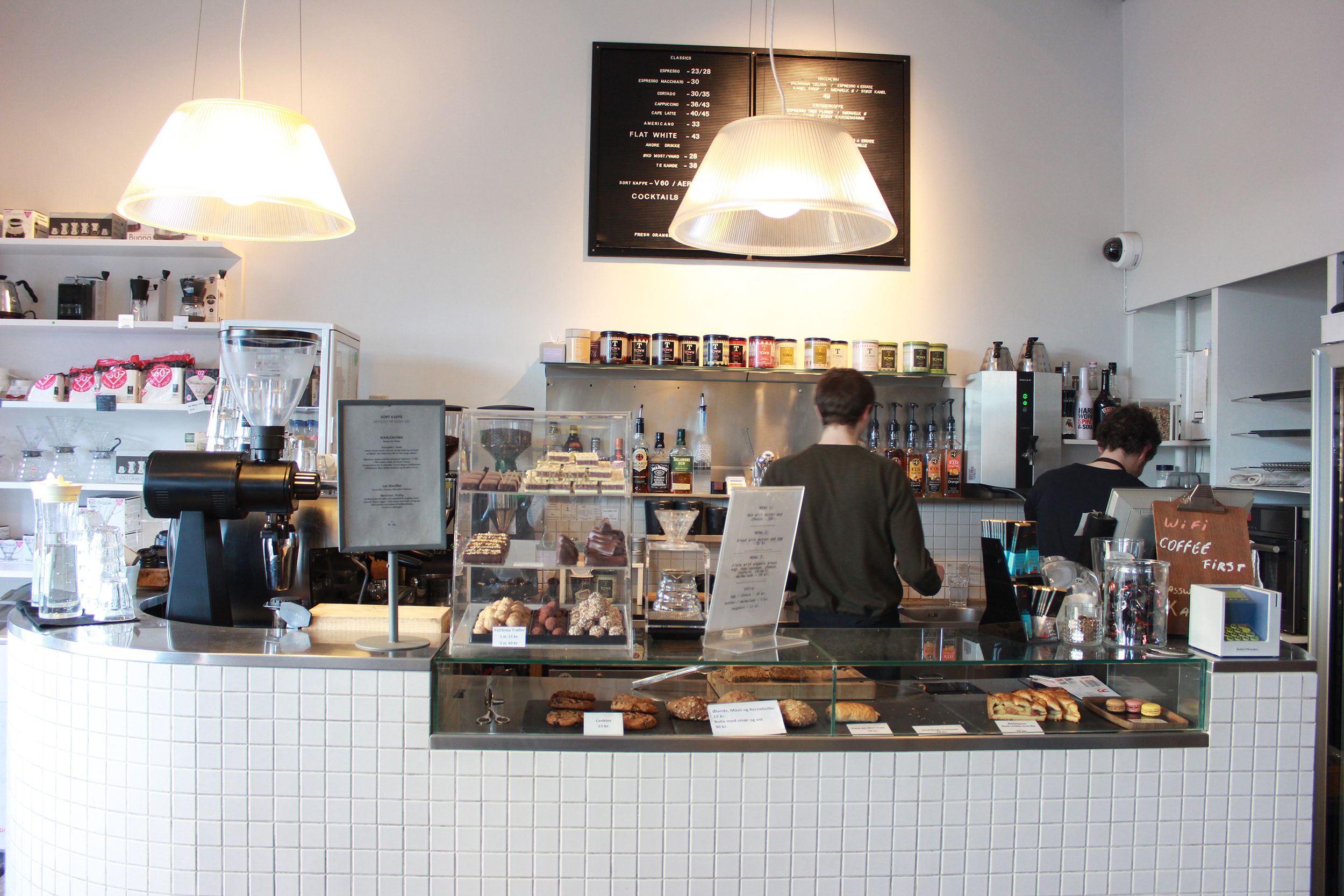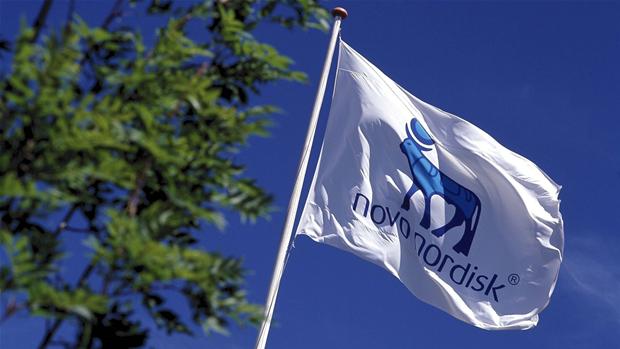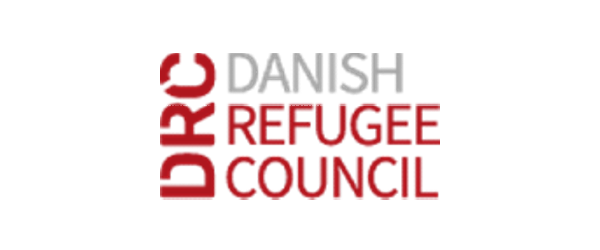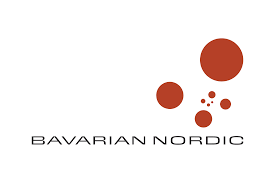Copenhagen Police have reopened the case into the 1990 murder of 23-year-old prostitute Hanne With after they identified the DNA profile of a possible killer.
The police employed a technique that can enhance small samples of DNA. The technique is proving increasingly common in cold case investigations – so much so that at least 13 unsolved cases have been reopened after the use of the technique has brought about new useable DNA profiles of suspected assailants.
But while Mid- and West Zealand Police say they reopened six cases due to “new opportunities” to extract DNA material, Bo Thisted Simonsen, deputy head of the University of Copenhagen’s Department of Forensic Medicine, says the techniques aren’t new at all.
“I am actually surprised to hear that these techniques are apparently new, because they aren’t to me,” Simonsen told Jyllands-Posten newspaper. “The PCR (polymerase chain reaction) technique was first described in 1987.”
Simonsen said that what was happening instead was that the technique was increasing in popularity as a result of high profile cases where it was employed, such as last year’s case of the ‘Amager Attacker’.
“For several years now, we have been getting calls from investigators wanting use to have evidence re-examined, so in that sense it’s not new. But I could imagine that as one case is taken up again, it inspires others to do the same.”
This seems to be the case. Over the past week, it has been announced that at least 12 new cases have been opened by many of Denmark’s police forces.
“The technique for extracting DNA material has been improved so much that it has now become possible to extract useable DNA from even small quantities of saliva or other biological traces that a perpetrator may have left behind,” Ove Pedersen, head of criminal investigations at Mid- and West Zealand Police, told Jyllands-Posten newspaper.
This is because the PCR technique makes it possible to use only a tiny amount of DNA to create enough material to carry out viable tests.
“The enzyme, polymerase, allows us to copy the DNA,” Simonsen said. “You can start with an incredibly small amount of material that you can copy to end up with enough to analyse.”
What makes the technique so effective is that samples can now be taken without contaminating them.
“When we take a sample of biological evidence, we also take contaminants. These might be colourings from textiles or fabrics from the ground. But over the past few years we have developed techniques to extract DNA with less contamination,” Simonsen said.
But whether the clues from the old cases can be used to provide usable samples in 2012 depends on how the samples were stored. Strong sunlight, heat a moisture can all damage DNA fragments.
And, even if a reliable sample can be found after all these years, there is no guarantee that it will reveal who the perpetrator of the crime is.
“A DNA profile alone does not reveal the identity of a criminal,” Simonsen said. “If there is nothing to compare it with, it can lead nowhere. But if you have a suspect it can be a real help.”




